13 Tips to Save on AC Bills
Home >
It’s always a scorcher around here during the summer, so we’re sharing these 13 helpful tips to help you save money on your AC bills as the heat waves hit.
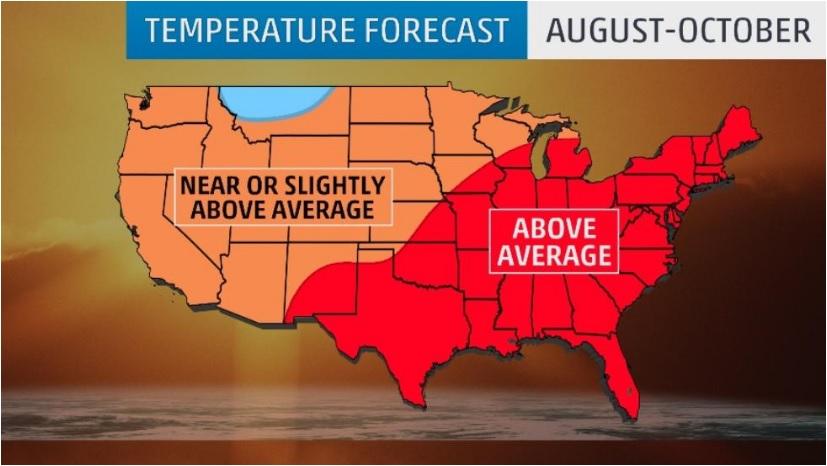
TIP #1: ENERGY AUDIT
A home energy audit is “the first step to assess how much energy your home consumes and to evaluate what measures you can take to make your home more energy efficient. An assessment will show you problems that may, when corrected, save you significant amounts of money over time,” says Energy.gov.
We couldn’t agree more! When energy audits can reduce annual utility bills by as much as 20% or more according to the U.S. Department of Energy, they’re worth taking seriously. Let’s consider this homeowner’s living room, for instance. Looks normal, right?
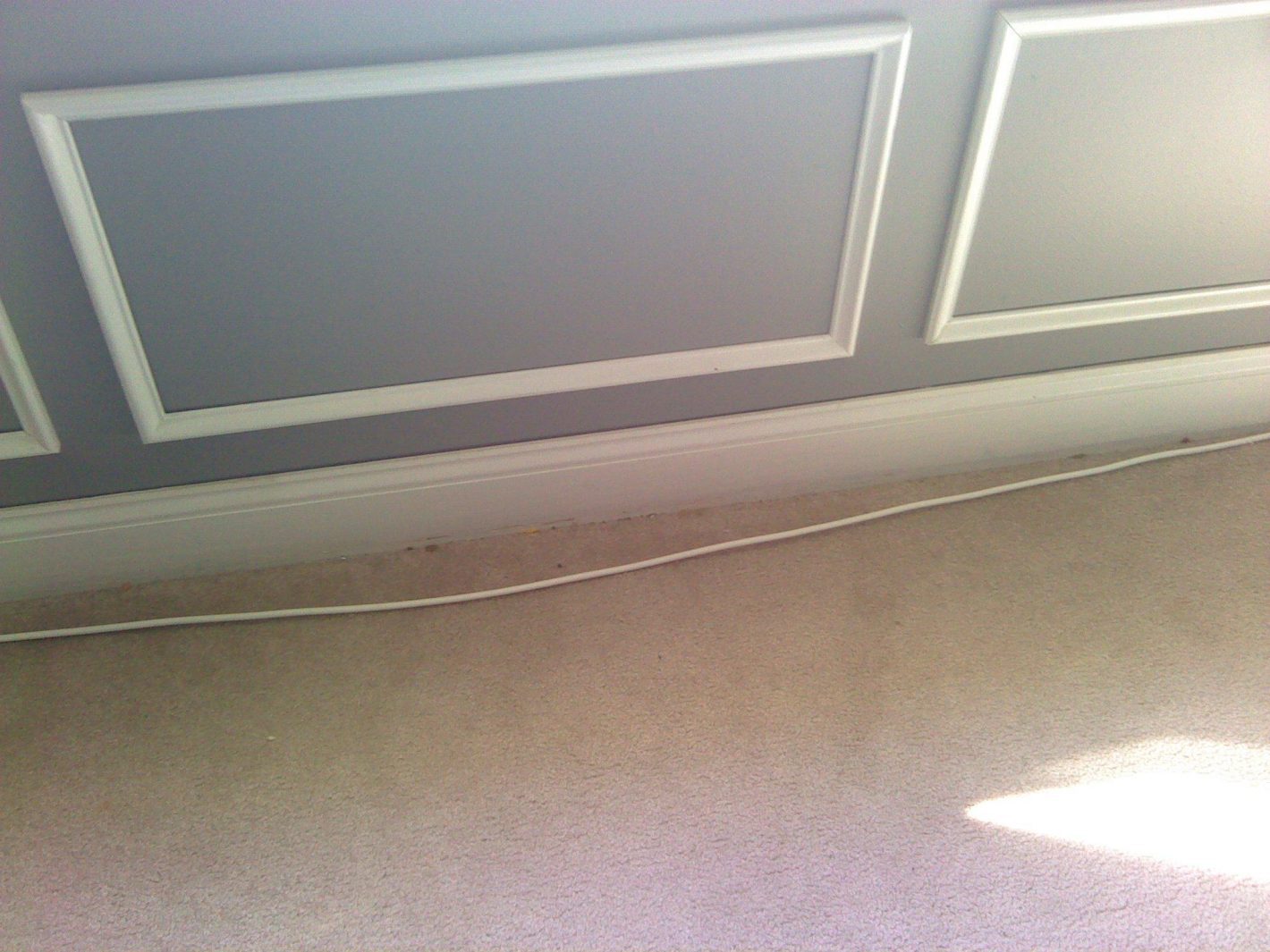
Now look at the same spot in thermal imagery and you’ll see that air is seeping in through an unsealed line of baseboard, contributing to over an 8 degree difference in temperature.

In summer, hot air and humidity will seep in, while in winter cold air will seep in, increasing energy costs and reducing comfort.

This attic door doesn’t close all the way, in effect creating a big chimney for conditioned air to funnel up and out the home. Why heat and cool the world?
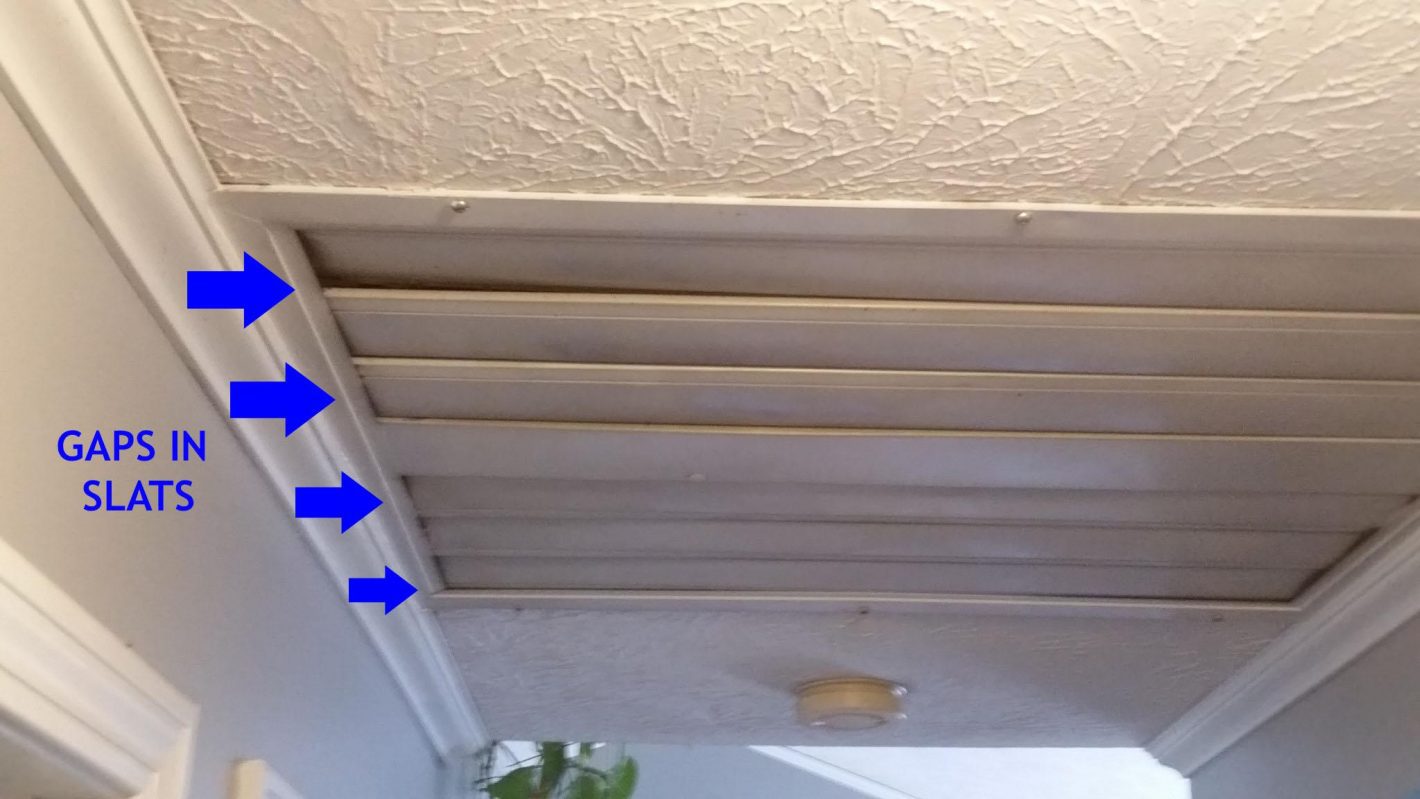
This whole house fan system doesn’t make a tight seal when not in operation, which lets conditioned air (money) funnel into the attic.
Are the gaps in your exterior doors letting out too much air? Are your light fixtures, especially recessed lighting, properly sealed? Is your heating and cooling system sized correctly? These are the types of questions that an energy audit can answer, and potentially spare homeowners significant costs.
TIP #2: CEILING FANS
Did you know that you can sometimes maintain comfortable temperatures in your home by pushing or pulling conditioned air up or down?
Consider switching ceiling fans to a counter-clockwise direction in the summer, and a clockwise direction in the winter.
During the summer you want the fan to blow air straight down, so your ceiling fan should run in a counter clockwise direction.
During the winter, your fan should run at a low speed in a clockwise direction.
TIP #3: KITCHEN & BATHROOM FANS
Making sure your doors and windows are closed up tightly is an obvious one, but many homeowners don’t think of the exhaust fans in their kitchen and bathrooms as sucking conditioned air out of their home … but that’s exactly what they do! Use them only as needed.
TIP #4: AIR FILTERS
“Replacing a dirty, clogged filter with a clean one can lower your air conditioner’s energy consumption by 5% to 15%,” says Energy.gov, so contact us to clean or change your AC’s air filters and help keep your system at peak performance levels.
TIP #5: MAINTENANCE
![]()
This one may seem obvious, but it’s worth mentioning because many homeowners just don’t think about HVAC maintenance as a green or cost-savings aspect of their annual home expenses. Keeping your equipment running at peak efficiency reduces energy consumption and saves you money. Period.
For example, an air conditioner’s evaporator coil and condenser coil collect dirt over time. This reduces airflow and insulates the coil, diminishing its ability to absorb heat and cool your home. Our expert technicians will find and fix problems in your air conditioning system, which can reduce your expenses and help avoid catastrophic failures when you least expect it.
TIP #6: RATE YOUR AC
Make sure your AC has a Seasonal Energy Efficiency Ratio (SEER) of at least 15. If not, it’s time to consider an upgrade. Not only will your system be more efficient, but you may qualify for federal energy efficiency rebates, which could reduce the cost of installation by hundreds to thousands of dollars.
For more information on SEER, read The Term Every Homeowner Should Know: SEER.
TIP #7: UPGRADE
If you have an old heating or air conditioning system, consider taking advantage of government and utility rebates before the rebate budget is spent for the year. Upgrades are especially important if your system is close to 10 years old (or more), because it’s reaching the end of its service life, and is likely very inefficient.
Not only are you likely to save hundreds of dollars a year in energy costs by upgrading to a new AC or Heat Pump system, but modern systems are energy efficient and some carry the ENERGY STAR seal.
NOTE: Ductless Mini Splits are often the perfect solution for homes with baseboard heating!
TIP #8: SEAL THOSE DUCTS
Aeroseal is a cutting-edge process for homes with forced air. Even new duct work leaks 25-40% according to the Department of Energy, so that means 25-40 cents of every dollar you spend is literally leaking out the window.

Leaky ductwork also sucks in dust, pollen, rodent droppings, bacteria, mold, fungi and all sorts of other nasty stuff because systems often pull air from the dirtiest parts of the house, like the attic, walls, and basement.
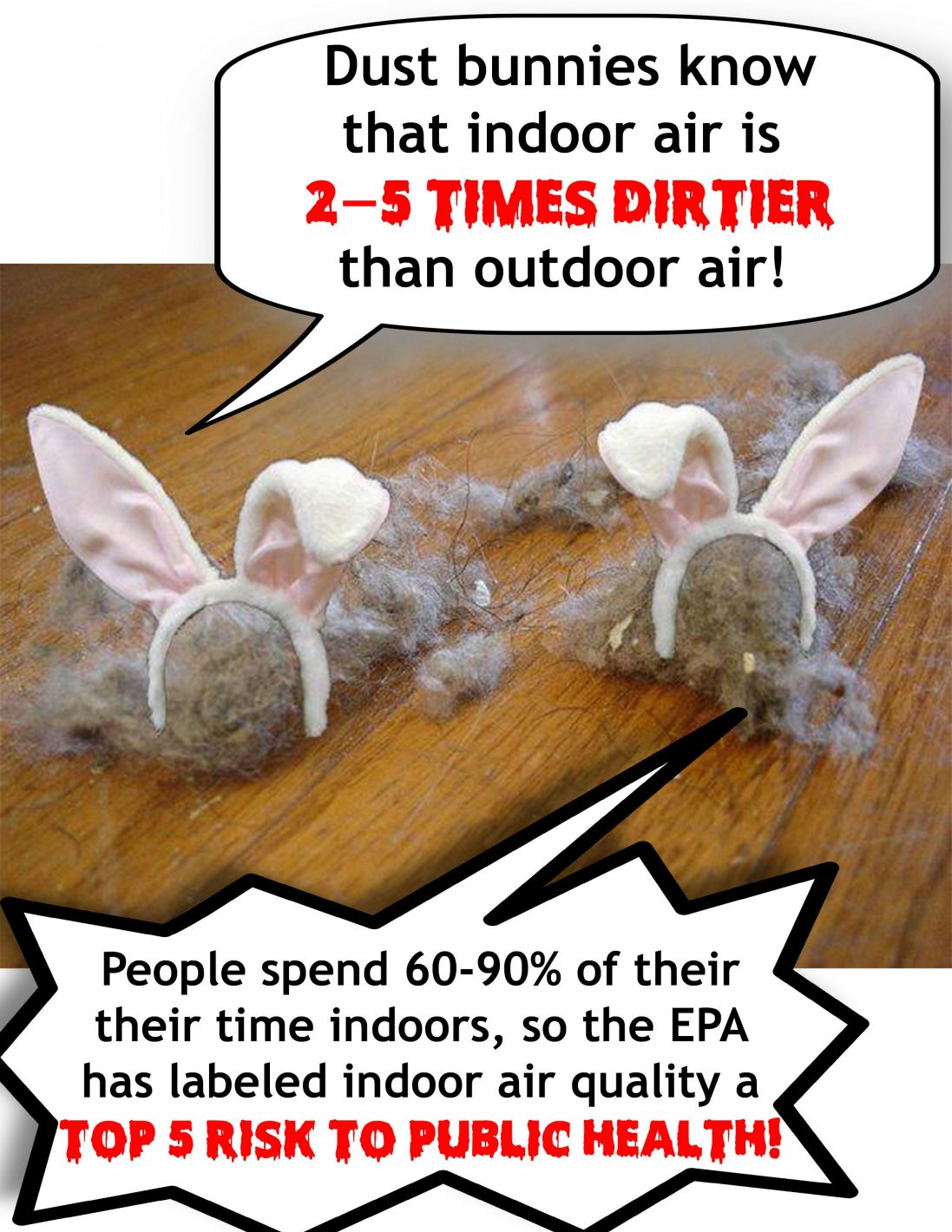
Aeroseal usually pays for itself within 2-3 years, resulting in an excellent return-on-investment for homeowners.
TIP #9: USE SUNBLOCK & DECOR
And not the kind you smear all over yourself when you go to the beach. Pulling down shades, blinds, and drapes can help keep your home from overheating.
Light-colored curtains that allow light to enter a room while blocking some of the sun’s rays help reduce costs, as well as using light-colored paint to reflect heat.
TIP #10: INSULATE
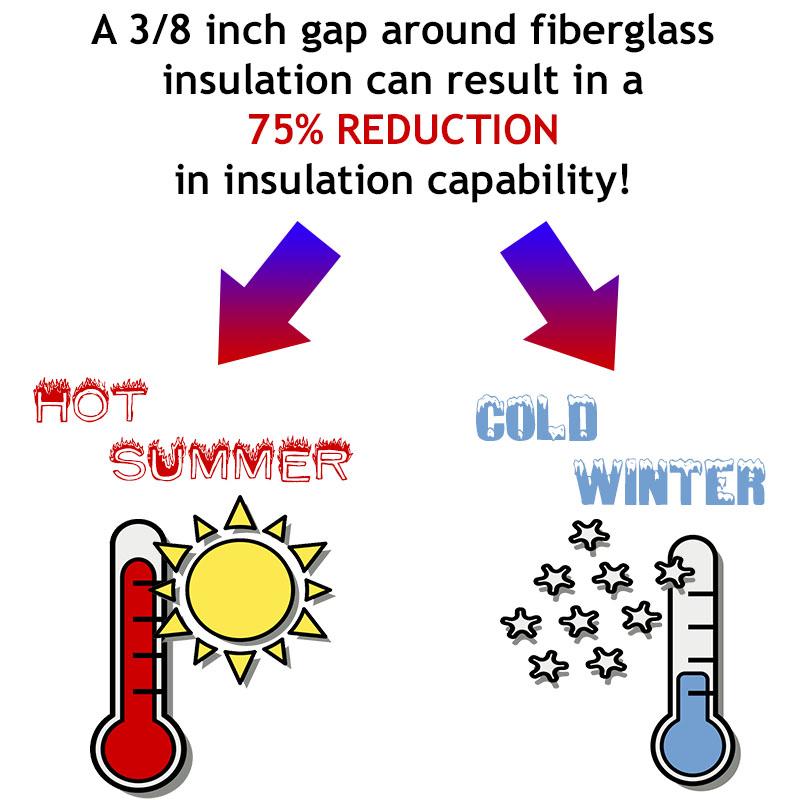
Fiberglass insulation in your walls often falls down or tears free over time, raising your energy costs and making your home uncomfortable.
Blown-in insulation in your walls or attic can drastically reduce your heating and cooling costs by keeping your comfy air right where it ought to be—inside your home. You may also qualify for energy efficiency rebates.
TIP #11: OPEN INTERIOR DOORS
This helps conditioned air move freely from room to room and allows the system to function as designed.
TIP #12: WI-FI, SMART, OR PROGRAMMABLE THERMOSTATS
These nifty devices are what James Bond would have in his house, and they’d save him up to 20% on heating and cooling costs. Note that they’re listed as #3 for return-on-investment for homeowners!
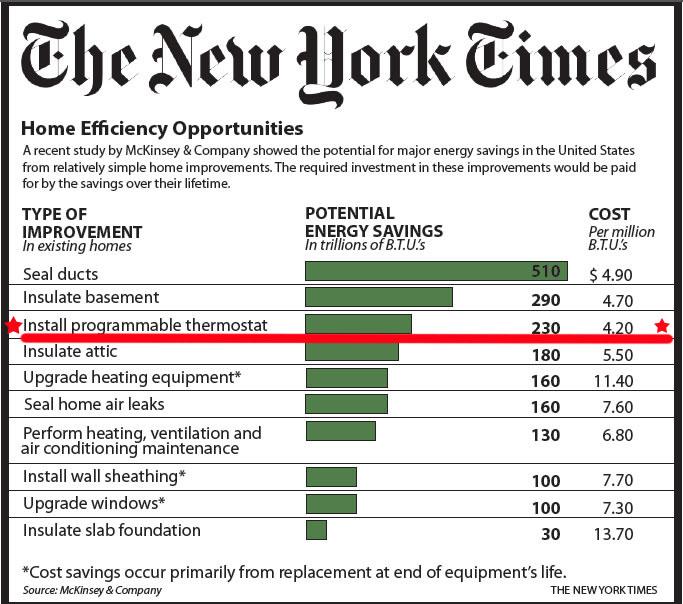
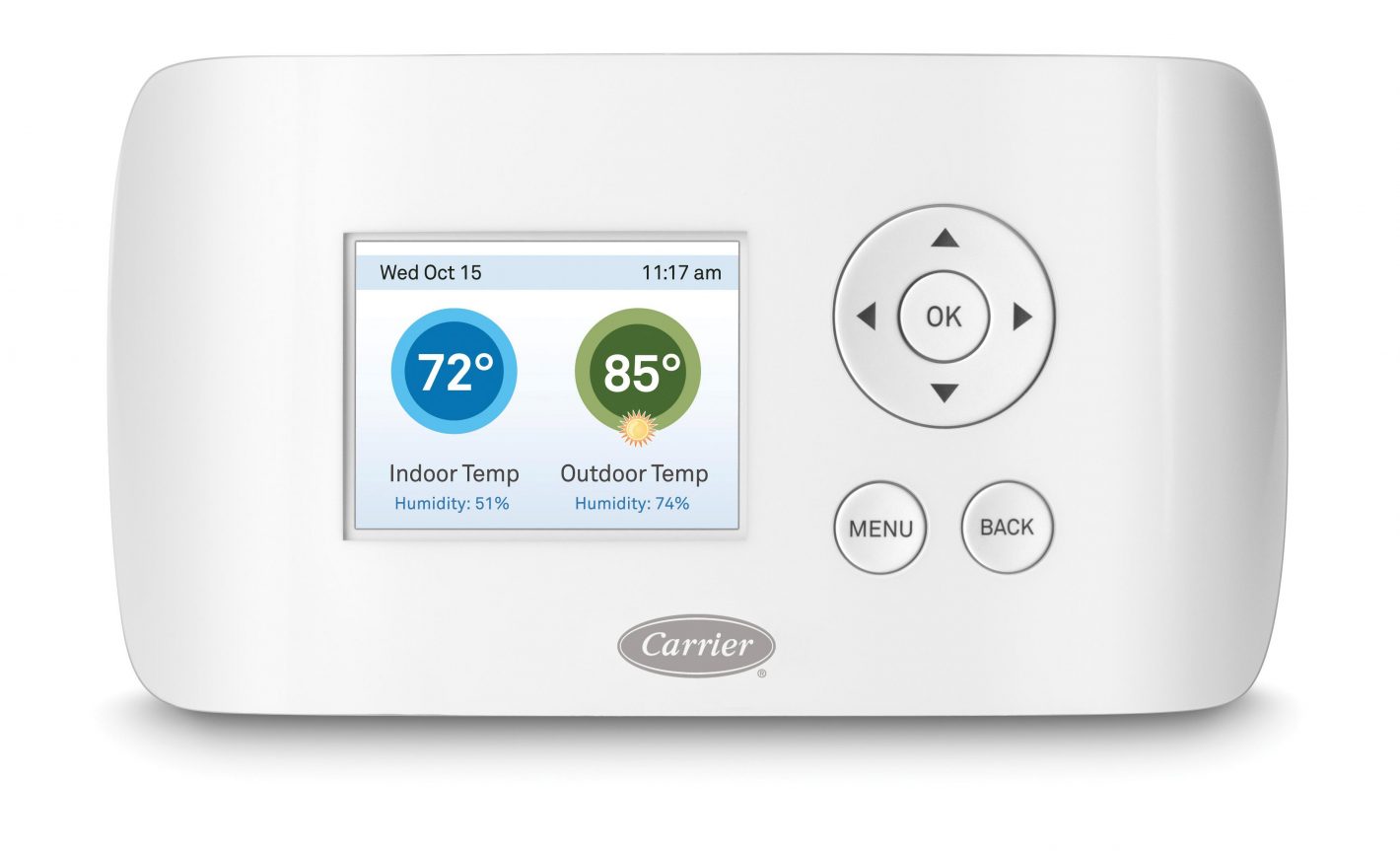
Thermostats are relatively inexpensive, wonderfully user-friendly, and offer amazing possibilities to manage every aspect of indoor climate. Keep track of energy use, set reminders for maintenance and filter changes, and even monitor the local forecast. Take advantage of remote access to make temperature adjustments, even when you’re away from home, or individualize settings in up to eight different rooms. Never forget to make changes again. The opportunities for trimming costs and going green are nearly endless!
NOTE: While we’re on the subject of thermostats, make sure yours is set to “auto” to save energy, because it leaving it in the “on” position means that it’s constantly running.
TIP #13: GO GREEN. LITERALLY
Plant trees and shrubs on the sunny side of your home to create a soothing bit of shade. It may take a while, but eventually you’ll reap the rewards 
Thanks for reading our blog. If you have any questions, feel free to contact us. We’re always here to help!

Adrian W.
Marketing Manager
CONTACT US TODAY



As Seen & Heard On







Reach Out to Our Team for More Details
Feel free to call Sanford Temperature Control or fill out the online form for more information. You may also get in touch with our team to schedule an appointment. We look forward to hearing from you.

